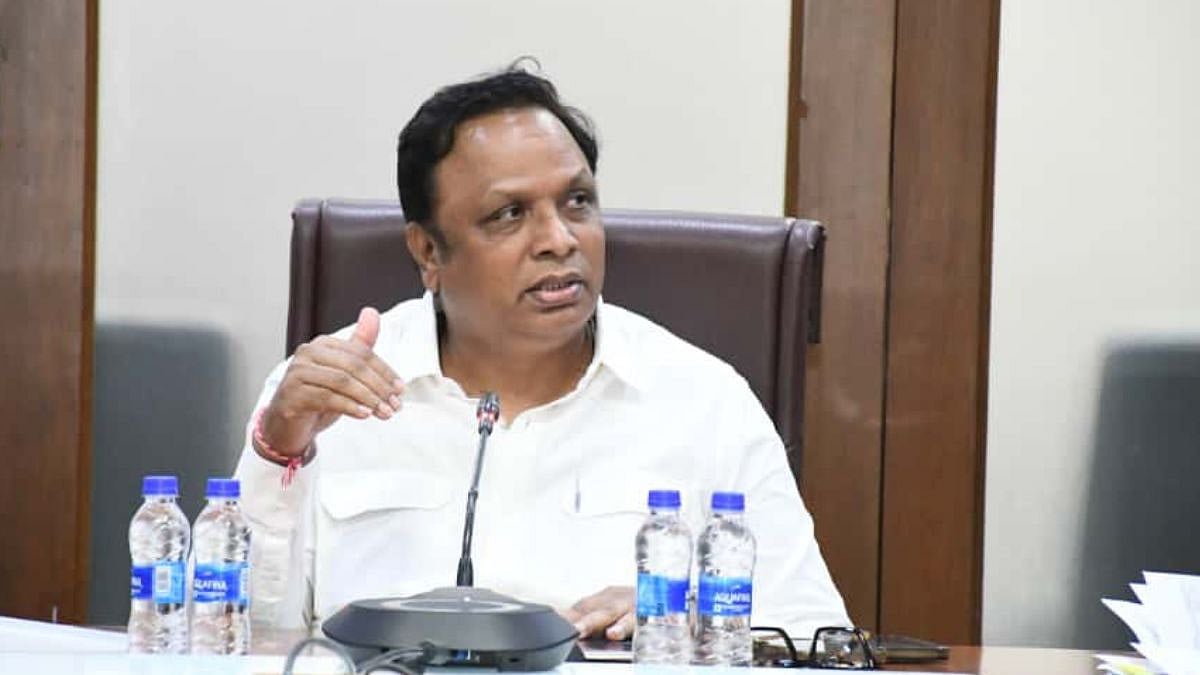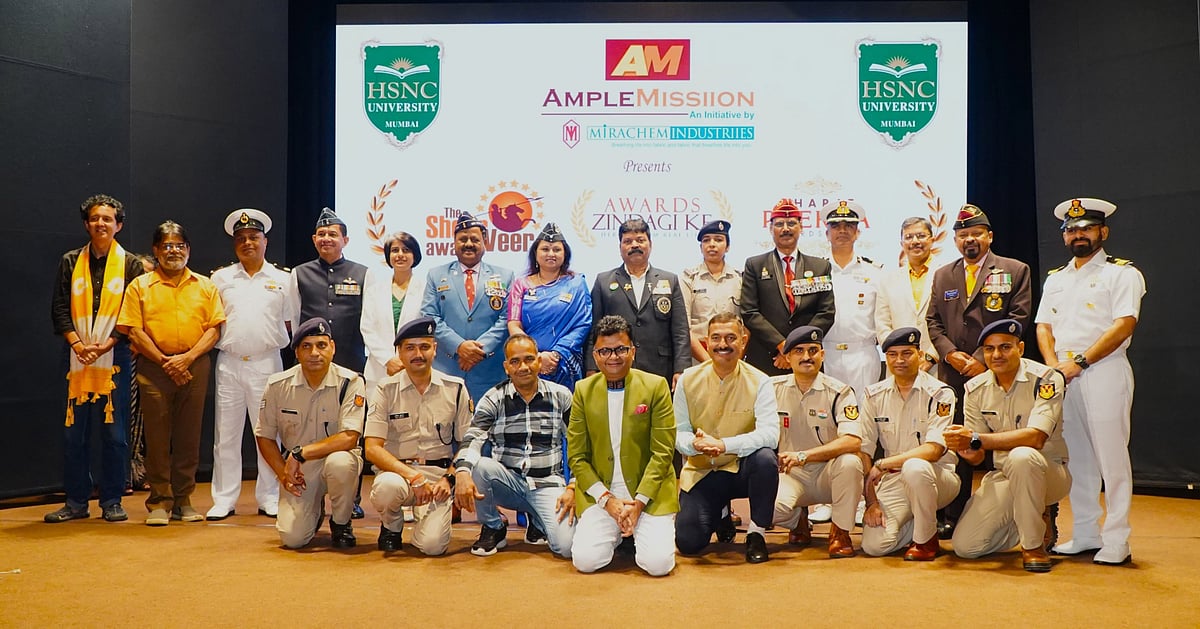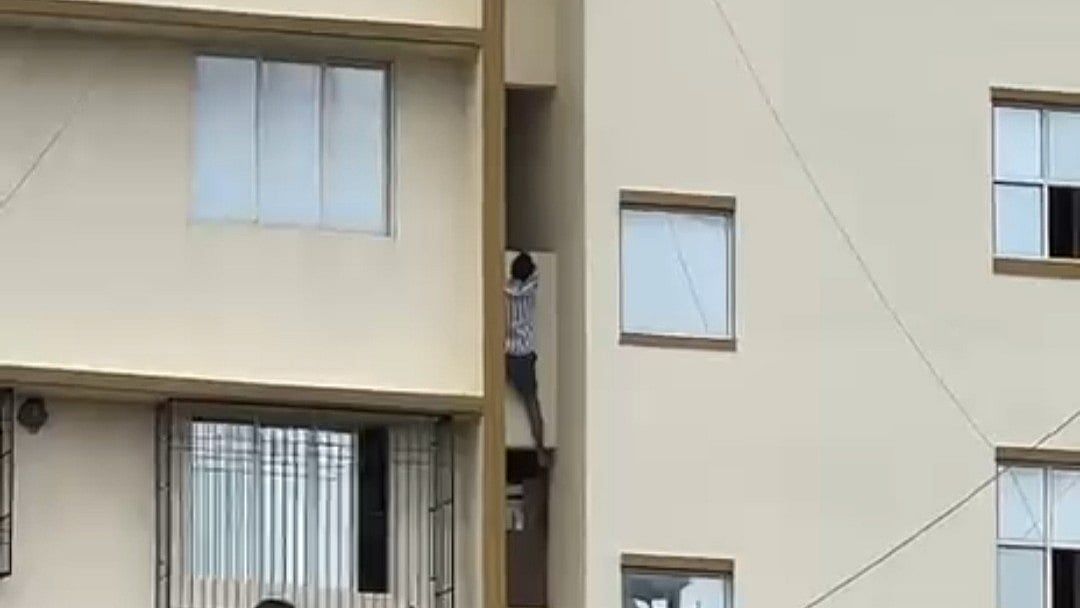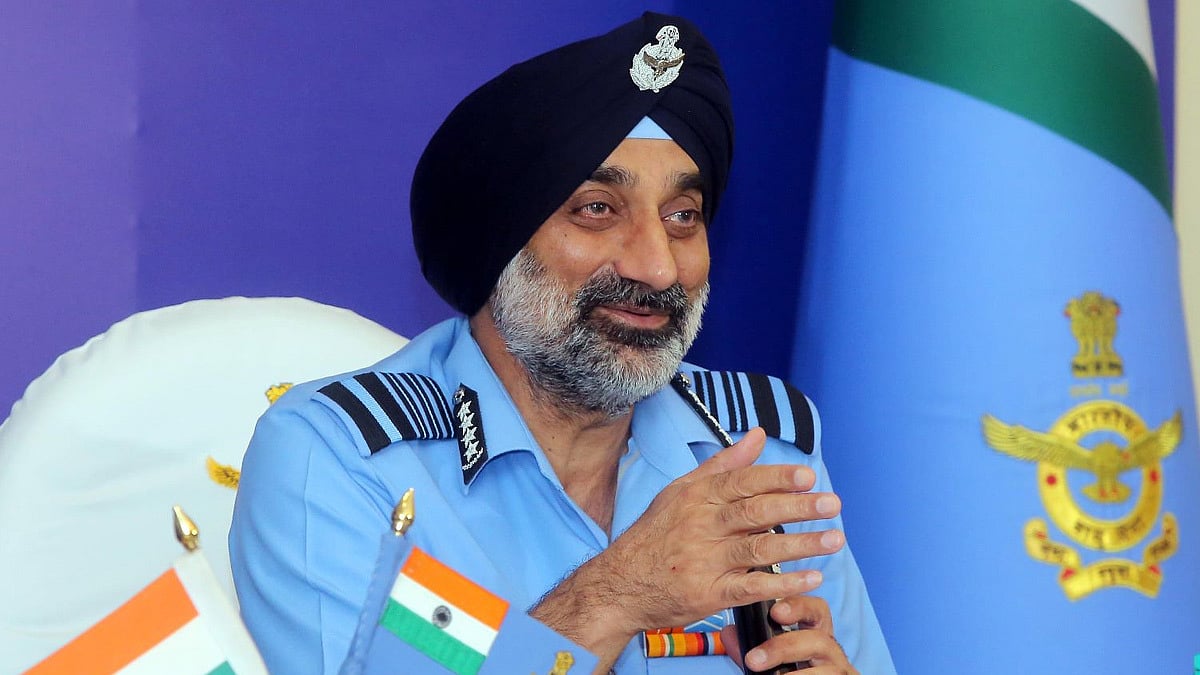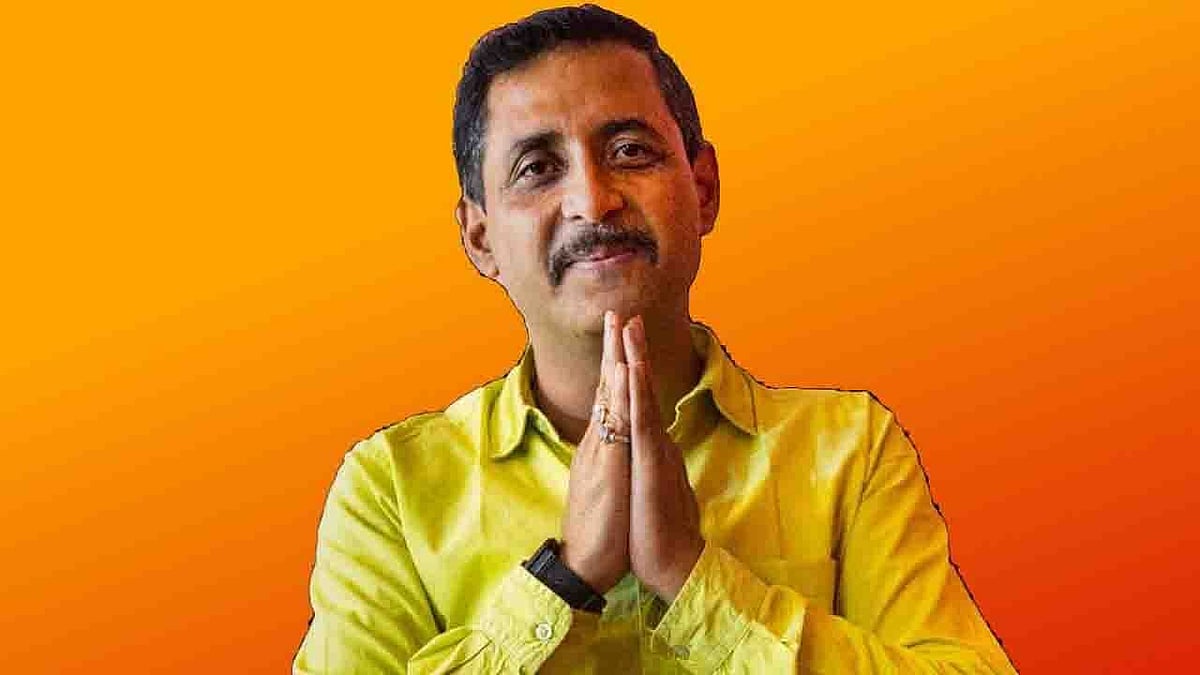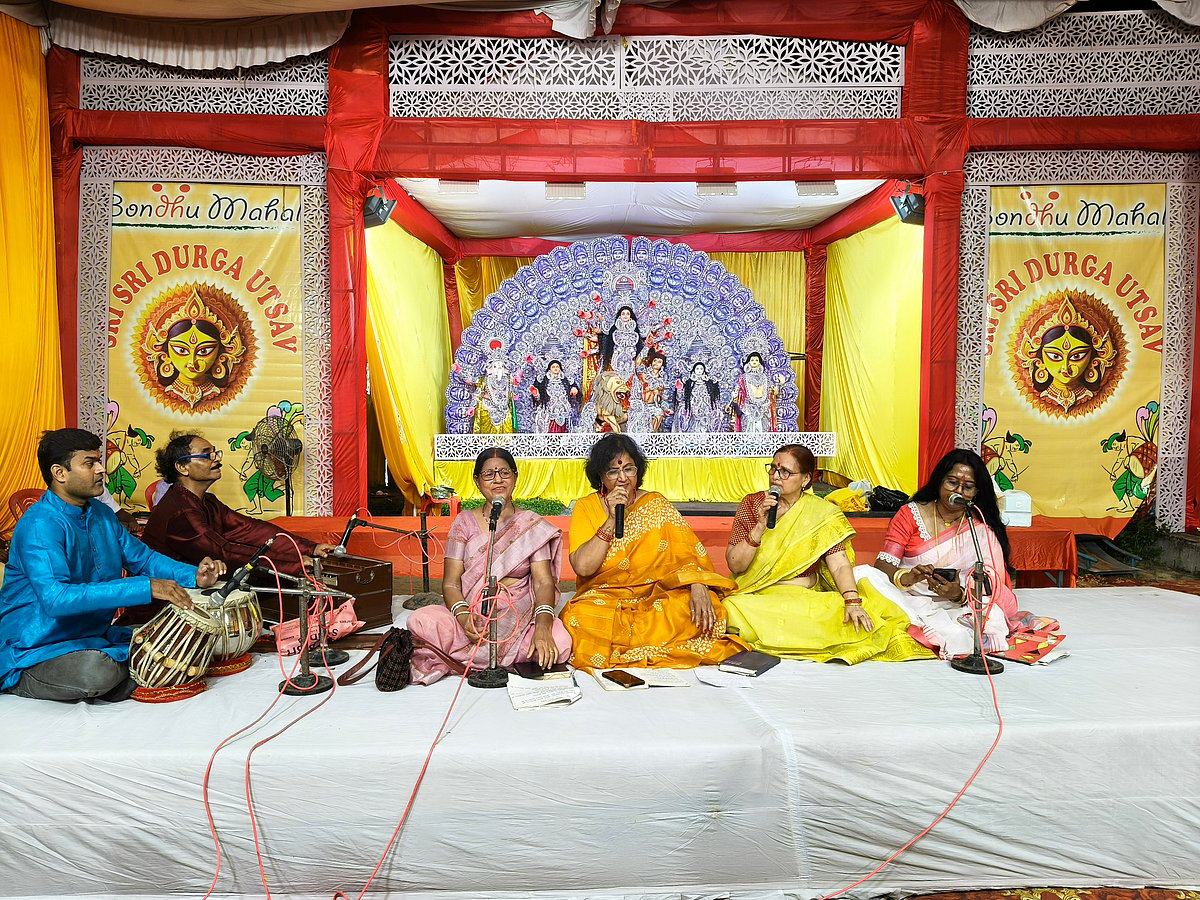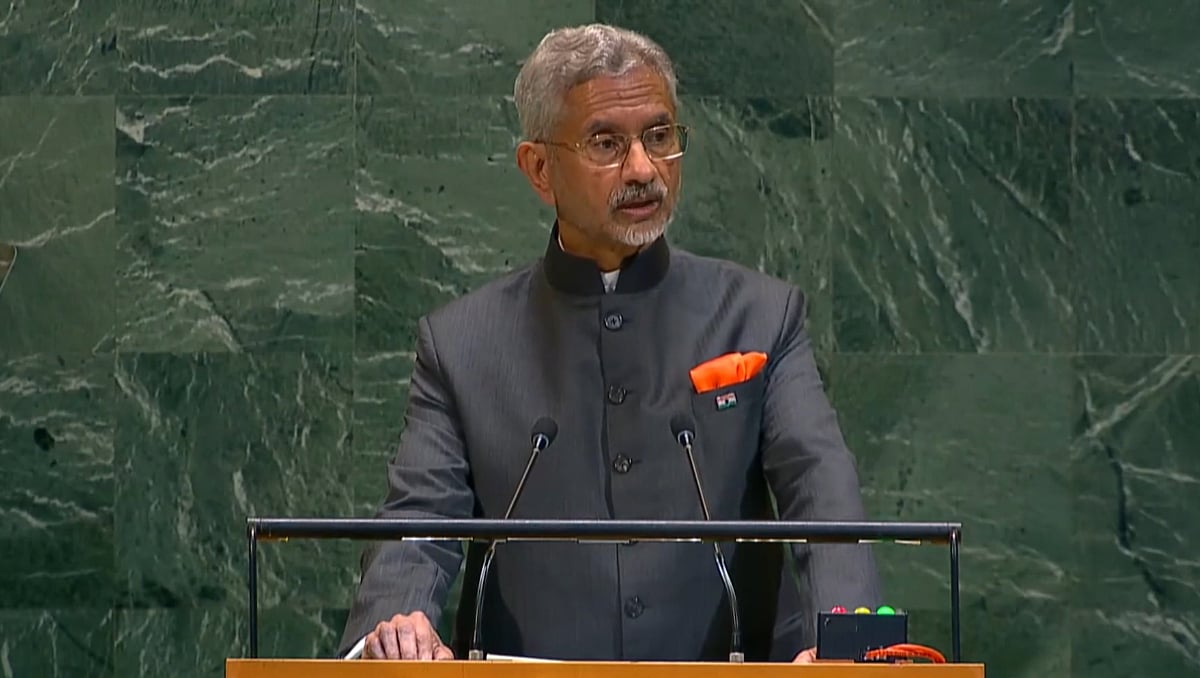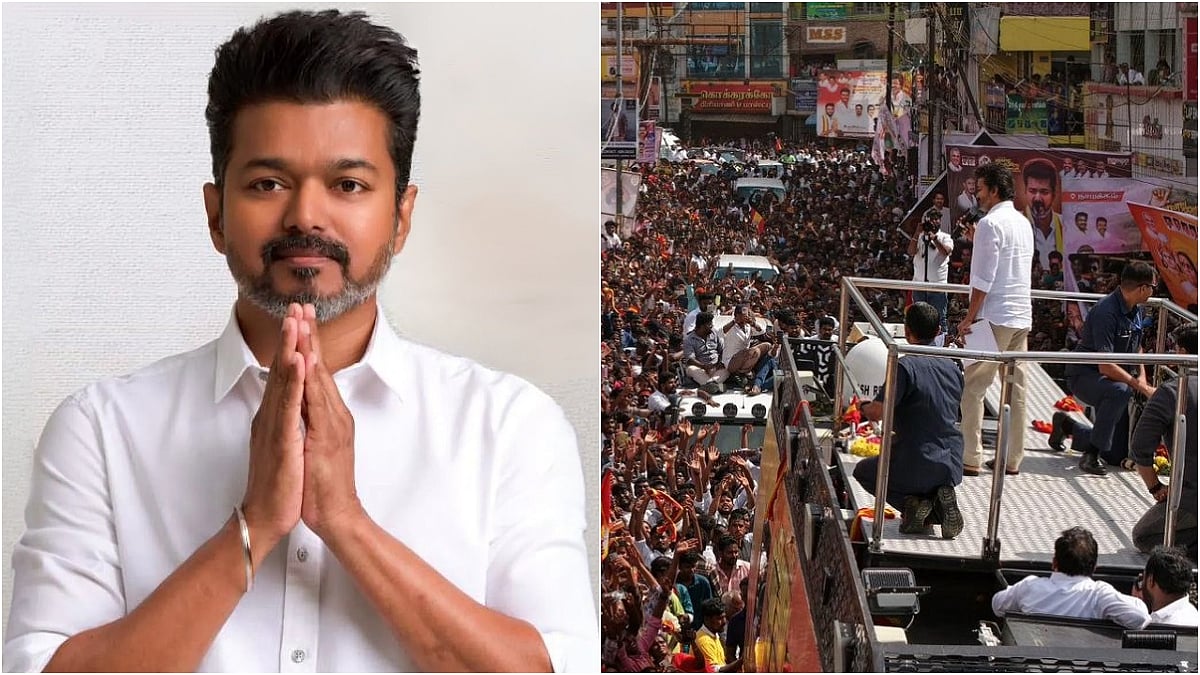Bengaluru: The Indian Air Defence shot down five Pakistani fighter jets, and another large aircraft was shot down by the Indian air defence during Operation Sindoor, the Indian Air Force Chief, Air Chief Marshal AP Singh, confirmed on Saturday. It was for the first time that the extent of damage suffered by Pakistan during the operation was revealed by India.
“We have five confirmed kills and one large aircraft, which could be either an ELINT aircraft or an AEW &C aircraft, which was taken on at a distance of about 300 kilometres. This is actually the largest ever recorded surface-to-air kill that we can talk about,” he said.
Revealing further details about India’s attack on Pakistan’s airfield, the IAF chief said that an F-16 hangar was destroyed at Shahbaz Jacobabad airfield. He further stated that the AIF managed to get at least two command and control centres, like Murid and Chaklala.
“Shahbaz Jacobabad airfield, one of the major airfields that was attacked. Here there's an F-16 hangar. One half of the hangar is gone. And I'm sure there were some aircraft inside which have got damaged there. We were able to get at least two command and control centres, like Murid and Chaklala,” the Air Chief Marshal Singh said.
“At least six radars, some of them big, some of them small...We have an indication of at least one AEW&C in that AEW&C hangar and a few F-16s, which were under maintenance there,” he added.
The IAF Chief reiteriated that India inflicted heavy damage on Pakistan. After the massive extent of damage suffered, Pakistan’s Director General of Military Operations (DGMO) sent a message to his Indian counterpart and expressed willingness for talks.
"It was a high-tech war. In 80 to 90 hours of war, we were able to achieve so much damage that it was clear to them that if they continue, they are going to pay for it more and more. So they came forward and sent a message to our DGMO that they wanted to talk. This was accepted on our side,” he said.
The IAF chief termed Russian-made S-400 a "gamechanger". “Our air defence systems have done a wonderful job. The S-400 system, which we had recently bought, has been a game-changer. The range of that system has really kept their aircraft away from their weapons like, those long-range glide bombs that they have, they have not been able to use any one of those because they have not been able to penetrate the system,” the IAF chief said.
The Chief of Air Staff also shared before and after images of India’s attack of nine terror camps in Pakistan and Pakistan Occupied Kashmir (PoK). “These are the before and after images of the damage we caused (at Bahawalpur - JeM HQ)... There's hardly any collateral here... The adjacent buildings are fairly intact... Not only did we have satellite pictures, but also from local media, through which we could get inside pictures,” he said.
“This is their senior leadership's residential area. These were their office building where they would get together to conduct meetings. We could get video from the weapons themselves as the location was within range,” the IAF Chief added.
Pahalgam Terror Attack & Operation Sindoor:
Notably, on April 22, Pakistan-backed terrorists opened fire on people enjoying their vacations at Baisaran meadow near Jammu and Kashmir's Pahalgam killing 26 people. Among the deceased was also a Nepali citizen. As per eyewitnesses, the terrorists singled out non-Muslims and shot them dead. One local pony guide also died in the attack. Initially, Pakistan-based terror organisation Lashkar-e-Taiba's (leT) offshoot, The Resistance Front (TRF), claimed responsibility. However, it denied its role days later.
On the intervening night of May 6 and 7, the Indian Armed Forces launched Operation Sindoor and targeted nine terror camps in Pakistan and Pakistan-occupied Kashmir. Pakistan tried to attack Indian civilian and military installations. However, India's air defence thwarted the attack. On the intervening night of May 9 and 10, India hit 11 Pakistani air bases.
Pakistan's Director General of Military Operations (DGMO) on May 10 contacted his Indian counterpart and requested a ceasefire.

